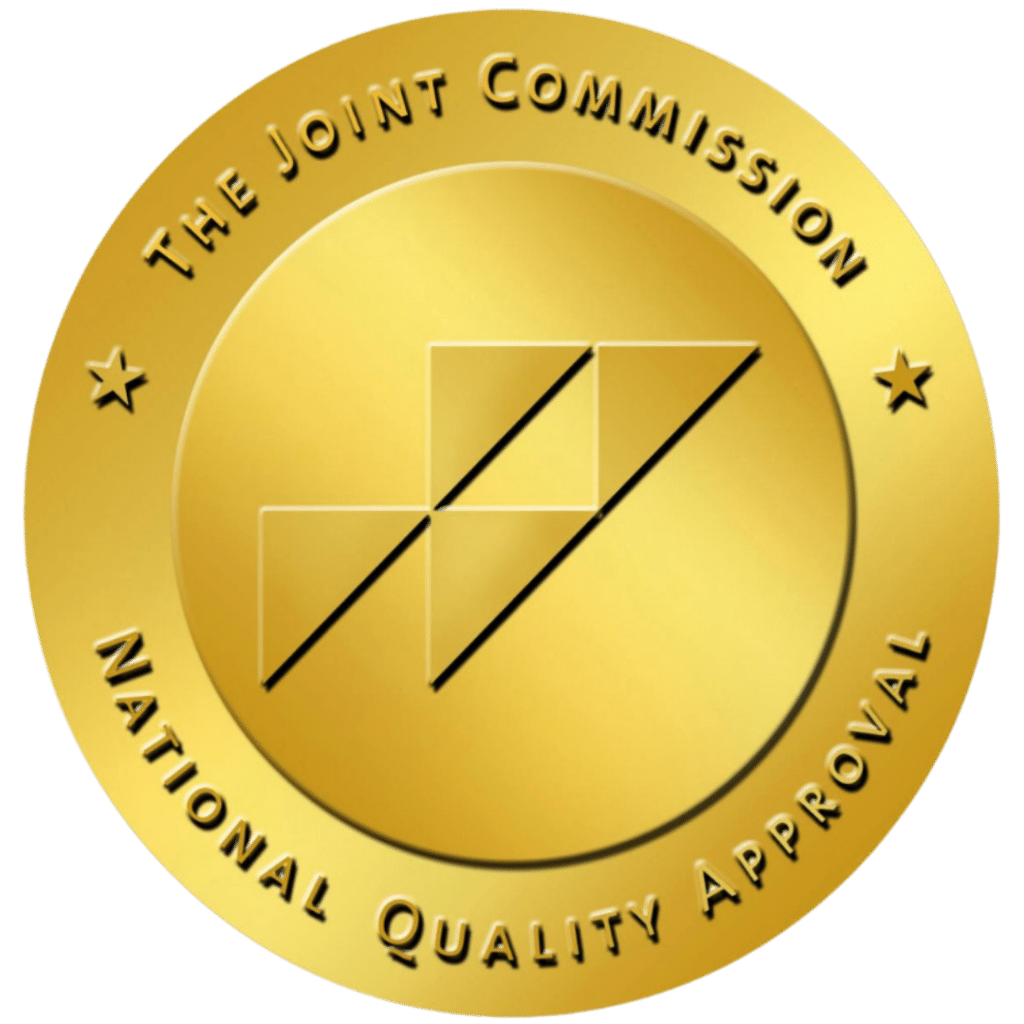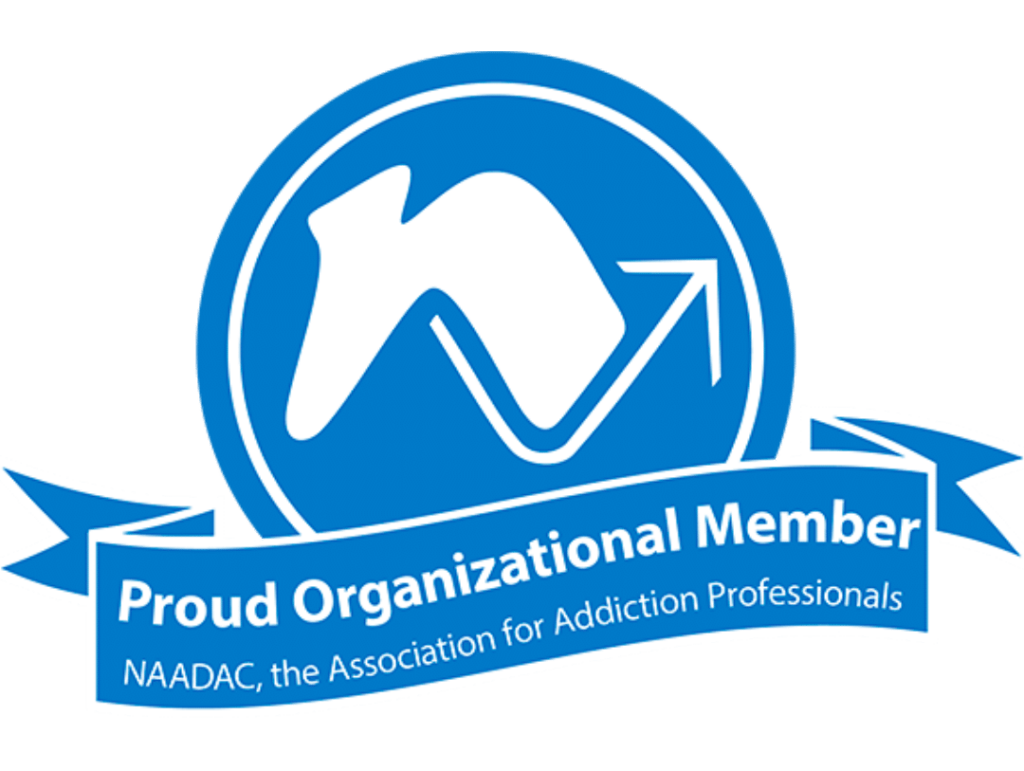Change is a big word, and a successful recovery requires a great deal of it. That thought can be overwhelming, but it doesn’t have to be. It does, however, require some strategies. One of the best ways to bring about change in your life is to learn to set realistic goals.
A personal goal differs from a dream or a wish in some specific ways. A wish or a dream does not demand any action or effort on your part. “I wish I could win the lottery” is a perfectly valid wish, just as, “I dream about having grandchildren one day” is a perfectly nice dream. Neither of these is a goal, though, because the outcome is not at all within your sphere of influence. In other words, there’s nothing you can do to make it happen. A goal is a wish that makes demands on you—that’s wholly dependent on you to achieve it.
Why Is It Important to Set Goals?
The process of setting goals is key in recovery because it is the first step to taking control of the outcome. Goals help you gain control of your life, and the more of your own life you control, the more your life will look the way you want it to. Goal-setting puts you in the driver’s seat on the way to your future.
To begin the process of setting goals, divide them into categories. This can help you set goals that are both relevant and balanced, so you don’t run the risk of burning out on one goal (such as attending two 12-step meetings per week) or category while neglecting other areas of your life (such as your job or your partner).
Here are some examples of goal categories:
- Professional – Goals related to your career could be getting a new job, asking for a raise, training for a new line of work, pursuing a degree, or changing your profession altogether.
- Spiritual – Examples could be finding a house of worship that feels welcoming, beginning a meditation practice, or practicing gratitude each day.
- Financial – Financial goals might include creating and maintaining a household budget, reducing unnecessary spending, or paying off a debt.
- Relationship – Interpersonal goals are things like designating a date night once a week with your partner, committing to calling your parent(s) once a week, or making time to get together with friends.
- Health – Goals that support your wellness might include taking a walk every day, committing to meatless Mondays, or cutting back on processed foods.
There are many more possibilities for your goal-setting categories. Choose categories that are meaningful to you and in sync with the areas in your life you want to give attention to.
In addition to categories, your list can be divided into long-term and short-term goals.
Are Your Goals SMART?
In 1981 George T. Doran first used the acronym SMART to describe criteria for effective goal-setting. A SMART goal is one that is:
Specific
Measurable
Achievable
Realistic
Time-bound
As the concept of SMART goals has become more common, some have added the letters “E” and “R” for “Exciting” and “Recorded.”
When considering your goals, ask yourself if each of these words can be applied to your goal. These elements increase your chances of actually reaching the goal you set. For example, “My goal is to lose weight” is not a SMART goal. “My goal is to lose 8 to 10 lbs. in the next 2 months” is a far better goal, as it is specific, measurable, achievable, realistic, and time-bound—as well as giving you a bit of flexibility.
Goals are not meant to make you feel bad. The purpose of goal-setting is to bring clarity and motivation, and to help you prioritize. If you feel overwhelmed by your goals, then they might need to be SMARTER!
You Might Be Interested In
- 10 ways to have for sober fun
- Celebrities in drug recovery
- Sober presents you can give
- Spring cleaning for your soul
Creating Your Action Plan
Once you have a handle on your goals, the next step is to put them into action. Often there is a gap between what we want for ourselves and where we are now. The way to get from here to there is to have a clear plan of action. The elements of a good action plan are:
- Motivation – How can I stay motivated to move toward my goals every day?
- Accessibility – Are there easy and reasonable steps I can take along the way?
- Immediacy – Is there something I can do right now to get me closer to my goals?
Now that you have a goal-setting mindset, follow these steps and get some goals:
- Take inventory of where you are now and where you would like to be – Divide your life into categories, and set goals according to the areas you wish to strengthen.
- Envision your life as if you have already achieved your goals – Use the power of your mind to imagine what your life will look life in the aftermath.
- Write down your goals – You might want to use a goal-oriented planner (like this one) to easily track your progress. There are many others on the market.
- Break down your goals into small, actionable, achievable pieces – Even within each category, break down your goals into bite-sized pieces at first, so you can start to experience some achieved goals. Each time you succeed, you are more likely to try again.
- Be flexible – Be prepared to gently revise your goals if your success journal reflects that you are not reaching your milestones. That’s okay! Try, flex, forgive, repeat.
- Make a vision board – Create or find images that show how your life will look when you have reached your goals. This could be a house, money representing a well-paying job, a happy family, etc. Put your vision board where you can see it often, so your goals stay fresh in your mind at all times.
- Value this process – Keep in mind that you are setting your goals for one person: your! Their purpose is designing your life in a better way. This is something you are doing for yourself, by yourself, with yourself—as a way of valuing your life. There were steps that lead to where you are now, and there are different steps that will take you to forward. Learn to value each step on this journey.
Lastly, embrace failure. If you don’t reach your personal goals on the first try, step back and decide if they need to be revised, revisited, or otherwise modified. Goal-setting is a process and can take a few attempts before it’s anywhere near perfect!
If your goal is to leave drugs or alcohol behind, addiction treatment is an important first step. Learn more about Footprints to Recovery’s treatment programs here.
References
- https://community.mis.temple.edu/mis0855002fall2015/files/2015/10/S.M.A.R.T-Way-Management-Review.pdf
- https://www.amazon.com/Growth-Planner-Productivity-Gratitude-Organized/dp/B08G54Y1JM/ref=sr_1_9?dchild=1&keywords=Goal+Planners&qid=1610323861&sr=8-9








